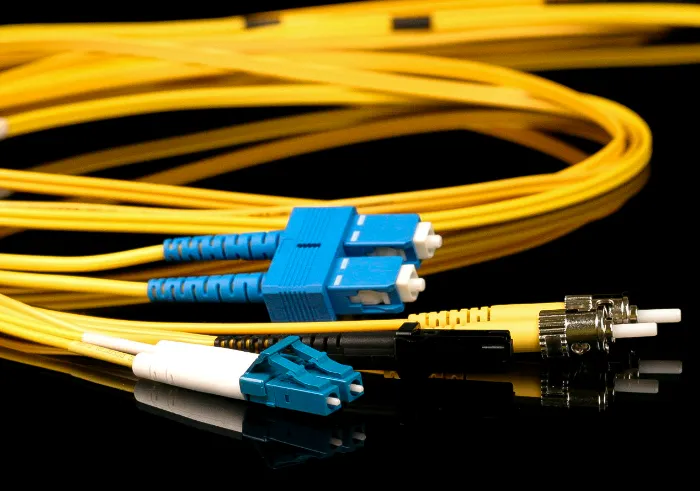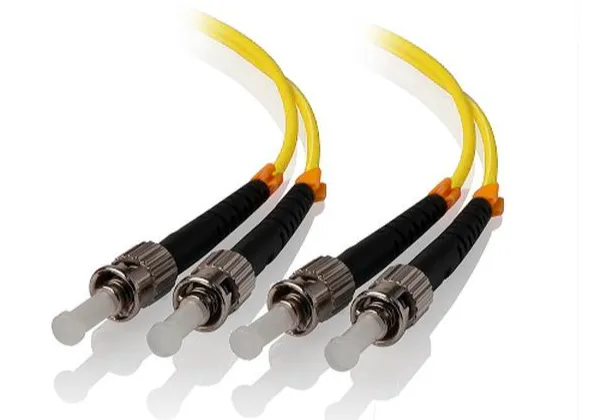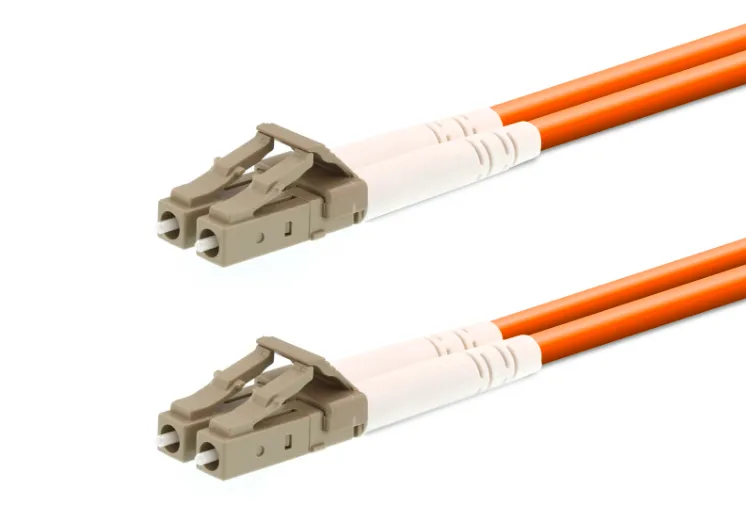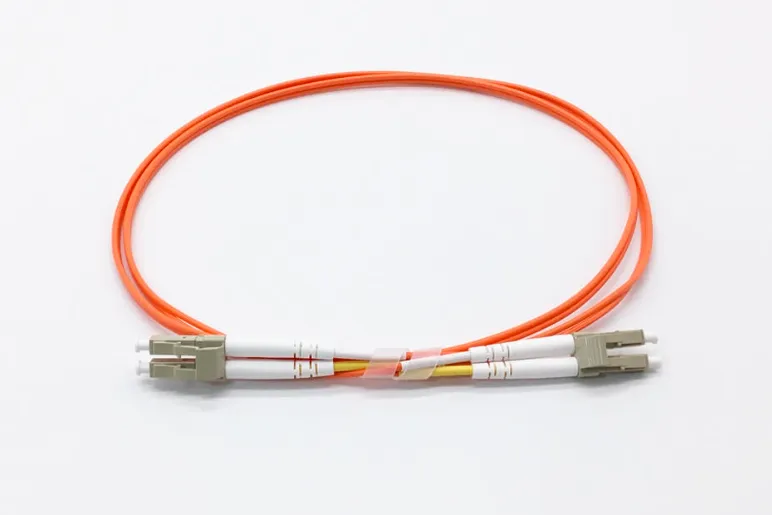Fiber Optic Cable Types – A Complete Guide
Optical cable has a wider and more popular area of use. There are many Fiber Optic Cable Types. Each type certainly has its own advantages as a network computer equipment.
Today, fiber optics are the gold standard in the world of network cabling. These cables offer far superior performance when compared to copper cables. In addition, fiber optic cable also has a longer range without decreasing signal transmission performance.
This makes optical cables superior to other types of network cables that have been developed so far. Optical cable also offers several different types that can be used according to the range and or the type of connector used.
Table of Contents
Fiber Optic Cable Types You Have to Know
In general, Fiber Optic Cable Types can be classified into two different categories, namely single mode fiber optics and multimode fiber optics. Each Fiber Optic Cable Types has different functions and areas of use in computer networks.
1. Fiber Optic Cable Types : Single Mode

The first type of fiber optic cable you need to know is a single mode fiber optic cable. As the name implies, this optical fiber only emits one mode of light in the data transmission process.
In other words, this Fiber Optic Cable Types can only carry one wavelength of light at a time. The wavelength is about 1310 nm or 1550 nm. Generally, this optical fiber transmits data using laser light that is directed straight through the cable core.
The core of this type of optical cable is relatively smaller. Its diameter is approximately only about 9 micrometers. While the size of the cable sheath is quite large when compared to other types of optical cable.
The smaller core diameter allows this cable to only transmit in one straight direction. So that the reflection of light that appears will be less and the attenuation of signal transmission can be reduced.
Even though it only transmits 1 single mode, it doesn’t necessarily affect its ability to transfer data. In fact, this type of optical cable has better transmission capabilities than other Fiber Optic Cable Types.
This is because single mode optical cable has a larger bandwidth capacity. This makes the data transmission speed very effective and optimal. In addition, the single mode light direction will make this cable quite effective for long distance connections.
Single mode optical cable is quite safe when used for long distance communication networks. Even this cable will not experience data degeneration even if it is used for communication over a distance of hundreds of kilometers.
One example of the use of a single mode optical cable is an underwater data cable. These cables are used for communication and data transfer processes that involve very far geographical conditions. It could even involve relations between countries.
In general, there are two single mode Fiber Optic Cable Types, namely OS1 and OS2. The two types of cables have significant differences between one another.
OS1 Type Single Mode Optical Cable

The first type of single mode optical cable to know is OS1. This Fiber Optic Cable Types is quite thick because it has two layers of protection. One layer is plastic and the other layer is waterproof acrylic.
OS1 optical cable is mostly used for indoor computer network installation. In addition, this cable is also commonly used in networks with a distance of less than 6 miles. OS1 cable is able to provide access to data rates up to 10 Gigabits per second.
OS2 Optical Cable
The next Fiber Optic Cable Type is OS2. In this cable, all fiber is equipped with no wrapping other than the outer layer. Each fiber has a colored coating for identification and ease of installation.
In addition to being abrasion resistant, these Fiber Optic Cable Types are usually filled with an optical gel that protects the fiber from moisture. Connector termination requires a fan kit. Contrary to OS1, this OS2 cable is mostly used for outdoor network construction.
OS2 can support speeds of up to 100 Gigabits per second over a distance of up to 200 km. This makes the use of OS2 optical cables increasingly popular because of the performance and quality it offers.
The offer of a fairly stable transmission speed makes single mode optical cables widely used in the industrial world. Some of them are used in universities, cable tv, data centers, and so on.
2. Multimode Fiber Optic Cable

The next Fiber Optic Cable Type is multimode. As the name implies, this optical fiber allows the occurrence of several modes of light to travel along its axis.
Physically compared to single mode, multimode fiber optic has a thicker core diameter. The wavelengths of light in multimode fibers are in the visible spectrum from 850 to 1300 nm.
Reflection of waves in multimode fiber occurs at different angles for each mode. As a result, based on these angles, the amount of reflection may vary.
When compared to single mode optical cables, multimode optical fibers have more light reflection. In addition, the bandwidth and optimum operational distance are also quite low, which is only around a few hundred meters.
Read: 8 Types of Network Device You Should Know
However, this Fiber Optic Cable Types is able to transmit more data at the same time. Therefore, this multimode optical cable is more suitable when used for short distance communication to reduce the potential for signal reduction.
Fiber Optic Cable Types multimode can be classified into 5 different cable categories. The following is a brief overview of each of these categories.
OM1 Cable Type

OM1 type multimode cable has a characteristic that the color of the wrapping membrane is orange. Meanwhile, the core size is 62.5 micrometers. This cable is capable of offering data transmission speeds of up to 1 Gigabits per second at a wavelength of 850 nanometers.
The maximum distance possessed by the OM1 cable is 300 meters. So it is very suitable when used for short distance networks, LANs, and or also private internet networks.
OM2 cable
Fiber Optic Cable Types are also equipped with an orange wrapping sheath like the OM1. It’s just that the OM2 cable has a smaller core size of 50 micrometers. This cable also offers data transmission capabilities of up to 1 Gigabits per second at a wavelength of 850 nanometers.
OM2 cable has a greater transmission distance than OM1 cable. This type of OM2 multimode cable can be used for data transmission up to a distance of 600 meters or about 2 times the maximum distance of the OM1 cable.
Fiber Optic Cable Types : OM3 cable
The next Fiber Optic Cable Type is OM3 or multimode fiber optic optimized by laser light. This type of cable is generally equipped with an aqua blue wrapping membrane. The core size of this fiber optic cable is 50 micro meters as in the OM2 model.
OM3 cable offers a higher data transmission speed than the previous two types. OM3 is capable of delivering data transmission speeds of up to 10 Gigabits per second in a wavelength of 850 nanometers.
Read: What is a Network Topology?
Although it offers superior speed, OM3 cable mileage is relatively lower. This is because the OM3 cable can only reach an optimum distance of 300 meters to maintain the transmission speed.
When using the MPO connector, the OM3 cable is capable of transmitting data up to 40 GB or 100 Gigabits per second up to a distance of 100 meters. This type of OM3 cable is generally used on larger private networks.
OM4 Optical Cable
OM4 multimode cable is also a type of laser-optimized multimode cable. The OM4 cable is also equipped with an aqua blue cable sheath. The core size of this optical cable is 50 micrometers.
The OM4 fiber optic offers data rates of up to 10 Gigabits per second at a wavelength of 850 nm. The optimum distance offered is even greater than the OM3 which can reach 550 meters.
Read: What is a Server : Definition, Functions, and Types
When installed using an MPO connector, these Fiber Optic Cable Types are capable of transmitting up to 100 GB at a distance of 150 meters. Therefore, this type of cable is widely used in data centers, financial centers, and or corporations.
OM5 Cable – Newest and Greatest Multimode Fiber

OM5 cable is the newest and most advanced type of multimode fiber optic to date. This cable comes with a lime green sheath and is compatible with OM3 or OM4 cables.
This new cable offers a wider spectrum of wavelengths in the range of 850 nanometers to 953 nanometers. This cable is also designed to support Short Wavelength Division Multiplexing (SWDM). The speed offered is capable of transmitting data in the range of 40GB/s and 100GB/s
In general, OM5 cables are widely used in high-class networks or in high-speed data centers that require high speed and greater synergy distance.
Conclusion
Optical fiber is a cable that is currently widely used in internet network construction and data transmission. Optical cables offer advantages in terms of speed, durability, and also an affordable maintenance budget.
In general, optical cables are divided into two main categories, namely single mode and multimode optical cables. Each category certainly has different functions and advantages so that the application is not the same.
That’s the discussion about Fiber Optic Cable Types that you need to know. Now with this discussion, you can understand more in detail about the types of optical fibers and their uses.
